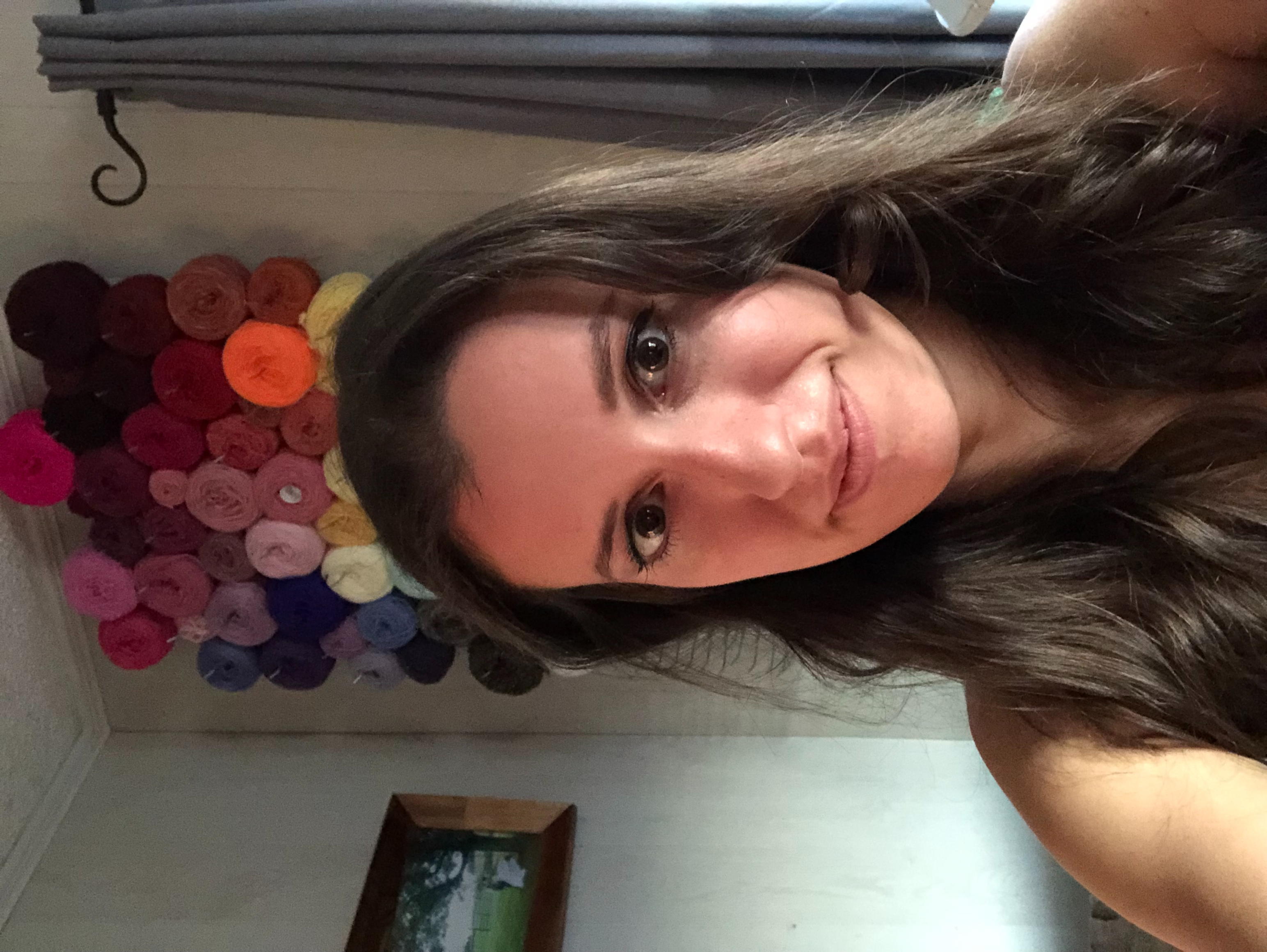Red Betty - The Naturally Speckled Yarn
- Siobhan

- Dec 29, 2018
- 3 min read
Updated: Dec 31, 2018

"Anything you can do, I can do better!" is the song that plays in my head when I'm speckling yarn! For a long time I was told my naturally dyed yarns just weren't going to be popular because I couldn't speckle yarn. Speckled yarn is all the rage and everyone wants it! Well, we'll show them won't we my naturally dyeing friends?!

Instagram is my happy place, I've met some of the coolest dyers on there, along with inside my local yarn shop. I've been so blessed to be welcomed into a community of hand dyers and I've learned so much. Back a few months ago, I really wanted to be able to create a yarn that had multiple colors, speckles, tones and stripes right along side my other acid dyers I love so much.
With the help of raw materials, extracts and the oven (yes, the oven) I was able to achieve it! Here's a more in depth look at what I did.
Materials:
-100g skein of pre-mordanted yarn
- Aluminum baking pan (lasagna pan) 12" x 15" x 4"
- Extracts and Raw Materials of your choice. I used:
- Madder Root Extract Powder (I use Botanical Colors)
- Whole Cochineal Bugs (Botanical Colors)
- Whole Longwood Chips (Botanical Colors)
- 4 cups of hot water
- 2 cups of leftover dye water from one of the dyes listed above
- Oven preheated to about 170 degrees or whatever your warming setting is
1. Start with some clean, mordanted yarn. I pre-mordanted in alum, per usual. I usually soak my yarn in water for a few hours, if not overnight.

2. In your lasagna pan, sprinkle out some of your powder extract and raw materials. I usually do this randomly, but if you're looking for a more uniform color pattern you can divide your pan evenly and spread it that way.

3. Squeeze most of the excess water out of your yarn but you still want a good amount of water in it so the colors can travel through and around the yarn. Lay them out evenly over the bottom of the pan, you want as many strands in contact with either the bottom of the pan or the top as possible.

4. Once you've laid out your yarn, begin layering your extracts and raw materials in and around the yarn on top. You want to sneak a few pieces of bark (or what have you) inside some of the yarn. Press the raw materials down to get a good contact with your yarn. Finish by sprinkling some extract on top.
5. Pour some leftover dye water over the yarn in places, fill the rest of the pan from the corner with almost boiling water (too hot and you'll felt your yarn especially if you're using non-superwash). This will saturate the yarn and help the raw materials bloom, I usually pour some of the hot water over the longwood bark which helps it bloom and bleed richly in its spot.
6. Place your pan in the oven at it's lowest, warming setting. I leave the heat on for about an hour and then turn the oven off and leave the yarn in to cool. You can take it out and leave it to cool somewhere else if your smart. Especially if you have a husband that likes to warm the oven at 500 degrees for anything he's trying to cook. That'll burn your yarn in a hurry *insert unamused emoji*.

7. Remove your raw materials from the yarn carefully before it dries. I keep my bark and bugs in a jar on my windowsill so they can dry and I can use them again. I've found I can use the bugs quite a few times but the bark only about 3 times.
8. Rinse your yarn and hang it to dry, twist and enjoy how awesome it is and you are!




Siobhan, my apologies on mispelling your name. proofread, already. Siobhan
Siobahn, have you tired to do any speckling with indigo?